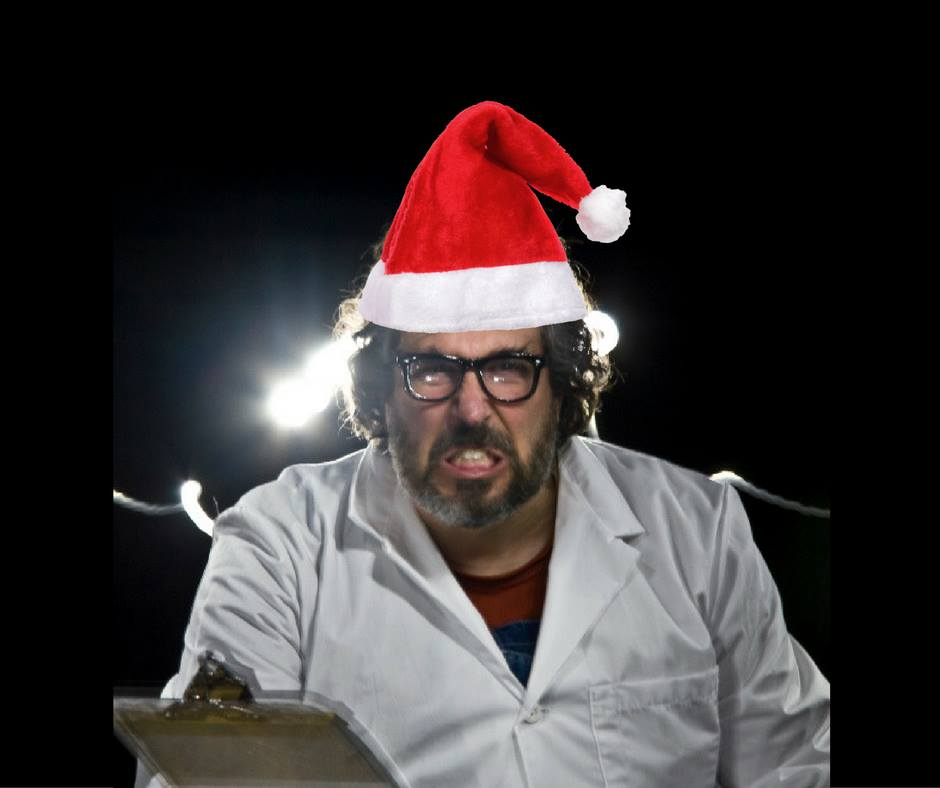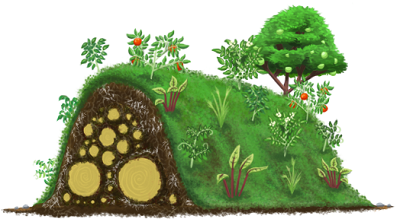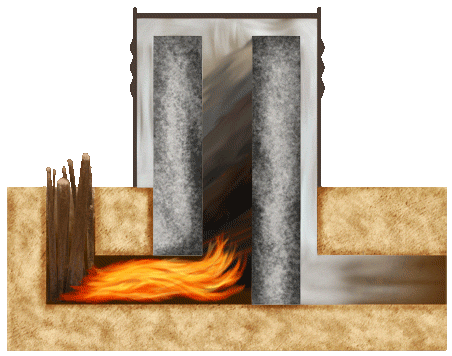
 5
5







 3
3








 1
1








Nick Watkins wrote: OP, you're not crazy! As a kid, I loved taking the trip to the tree lot, hunting for the perfect tree in shin-deep snow, dodging in and out of the trees and hucking snowballs at my dad and brothers, helping cut the thing down, etc. It was a family tradition that I intend to repeat with my own young family. We have been enjoying a nice hand-me-down fake tree but our daughter will be 2 next year and I'd like to expose her to the same things I enjoyed growing up.




Destiny Hagest wrote:We actually cut ours in the forest, I've never been to a tree lot! It is a really fun tradition. Our son is almost two, and we've been going since he was born, bundling him up in the baby carrier and hoofing it through the woods with him.
 1
1




 2
2




 1
1




 )
)
 1
1




 2
2




Do, there is no try --- Yoda
No one is interested in something you didn't do--- Gord Downie
Good one!
 1
1




 3
3




Invasive plants are Earth's way of insisting we notice her medicines. Stephen Herrod Buhner
Everyone learns what works by learning what doesn't work. Stephen Herrod Buhner




“In the absence of any other proof, the thumb alone would convince me of God's existence.”
Isaac Newton









Destiny Hagest wrote:I never even thought to recycle them as fish habitat, probably because every body of water here is frozen this time of year, but what a great idea!
And I love the idea of letting it sit as a garden trellis. I actually made a woven stick fence this past summer - it still needs a little finishing, but I could see the body of our tree being a suitable rail. I'll have to create a thread for that project soon.
"...specialization is for insects." - Lazarus Long
Universal Introduction to Permies
How Permies.com works




 Most of the lakes we have are quite inaccessible - either tucked way back in the wilderness, or the nearest one is literally on top of a mountain, but the streams are quite prevalent. I'd be hesitant to throw one into a moving body of water though, not knowing how or where it might end up. Plenty of large trees fall in all the time, but they are often cleared by the forestry.
Most of the lakes we have are quite inaccessible - either tucked way back in the wilderness, or the nearest one is literally on top of a mountain, but the streams are quite prevalent. I'd be hesitant to throw one into a moving body of water though, not knowing how or where it might end up. Plenty of large trees fall in all the time, but they are often cleared by the forestry.



 1
1




 2
2




 2
2




"You may never know what results come of your action, but if you do nothing there will be no result”
How Permies.com Works
Be Nice




Not all those who wander are lost...
 1
1




 1
1





Cultivate abundance for people, plants and wildlife - Growing with Nature







A hand-built home adventure: gracebeneaththepines.com
 1
1













|
Any sufficiently advanced technology will be used as a cat toy. And this tiny ad contains a very small cat:
Play Your Way to a Sustainable Lifestyle: Uncover Permaculture Principles with Each Card
https://gardener-gift.com/
|




